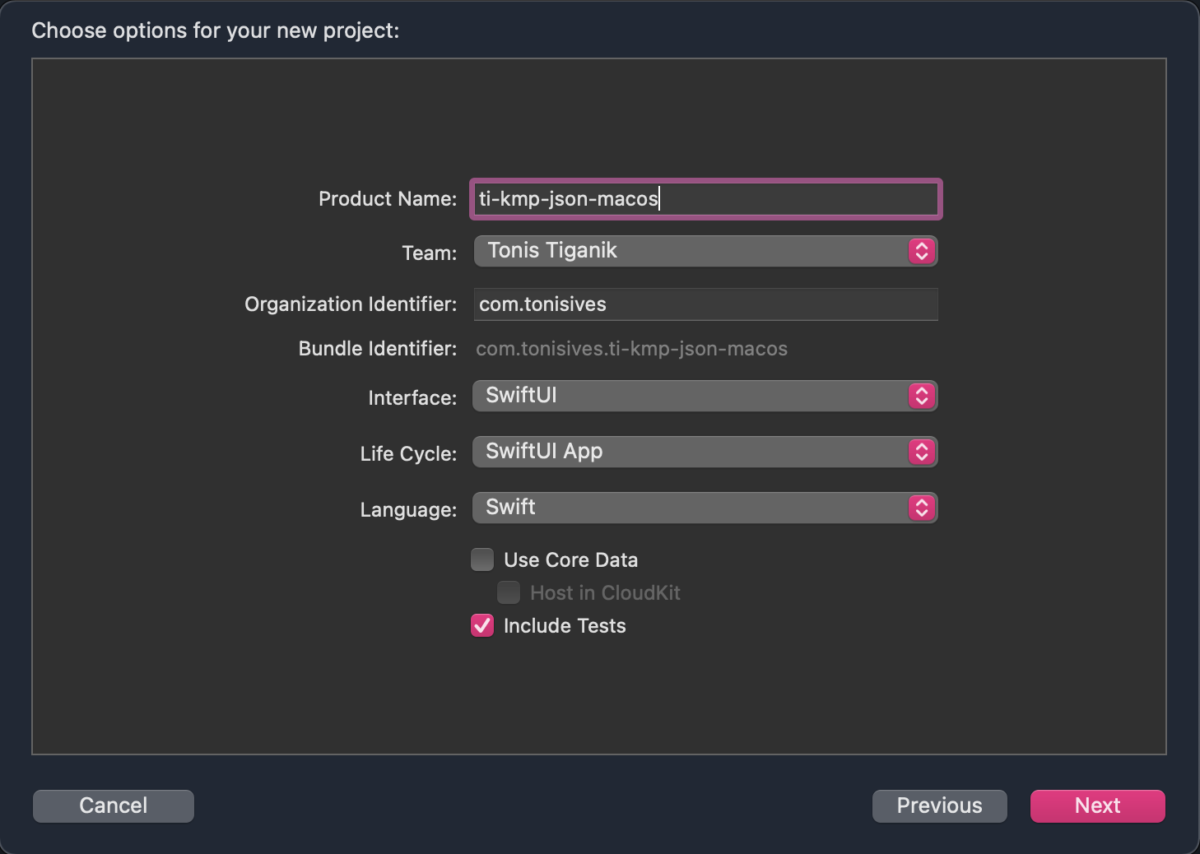

- #Macos server 5.5 xcode server setup install#
- #Macos server 5.5 xcode server setup update#
- #Macos server 5.5 xcode server setup password#
It should already be running, so you can try to reach your server in a browser by pointing it at you should see a simple header that says "It works!". You now have installed Homebrew's Apache, and configured it to auto-start with a privileged account.

Now we just need to configure things so that our new Apache server is auto-started brew services start httpd Upon completion you should see a message like: 🍺 /opt/homebrew/Cellar/httpd/2.4.51: 1,660 files, 32.0MB Without options, httpd won't need to be built from source, so it installs pretty quickly.
#Macos server 5.5 xcode server setup install#
Now we need to install the new version provided by Brew: brew install httpd Sudo launchctl unload -w /System/Library/LaunchDaemons/ 2>/dev/null It really doesn't hurt to just run all these commands in order - even if it's a fresh installation: sudo apachectl stop If you already have the built-in Apache running, it will need to be shutdown first, and any auto-loading scripts removed. However, the solution is to install Apache 2.4 via Homebrew and then configure it to run on the standard ports (80/443). The latest macOS 12.0 Monterey comes with Apache 2.4 pre-installed, however, it is no longer a simple task to use this version with Homebrew because Apple has removed some required scripts in this release. To make things easier, please simply run this now: brew install openssl Apache Installation When installing fresh on Monterey, I ran into a few libraries that were missing when completing all the steps below. It will instruct you if you need to correct anything. You should probably also run the following command to ensure everything is configured correctly: brew doctor Homebrew/homebrew-core (git revision 1362c572e16 last commit )

Now you can test your installation to ensure you have installed brew correctly, simply type: brew -version Homebrew 3.3.1 zshrc: eval "$(/opt/homebrew/bin/brew shellenv)" If this is a fresh install and you don't have your path setup properly, you can follow the installation "next steps" which are already customized for you, or you can manually add the following paths to your.
#Macos server 5.5 xcode server setup password#
Just follow the terminal prompts and enter your password where required. This is a simple process, but you need to launch your Terminal ( /Applications/Utilities/Terminal) application and then enter: /bin/bash -c "$(curl -fsSL )" Using the brew command you can easily add powerful functionality to your mac, but first we have to install it. This process relies heavily on the macOS package manager called Homebrew. If you don't already have XCode installed, it's best to first install the command line tools as these will be used by homebrew: xcode-select -install Homebrew Installation If you are a beginner developer, you will be better served using MAMP or MAMP Pro. Now you need to install the Xcode Command Line Tools.This guide is intended for experienced web developers.

If you already have it, check App Store again, to make sure you've got the latest version! But you really won't need that if you follow these steps.)įirst install Xcode from App Store. (Note 2: If you want to read all the details about the installation process, have a look at the Homebrew basic installation and the Homebrew PHP installation information. It is also possible to use my Homebrew solution in parallel to an existing MacPorts installation on your machine.) If you are acquainted with MacPorts – another package manager – you can acchieve the same results with that system. (Note 1: I use Homebrew here, a package management system for OS X. The whole process only takes about ten minutes if you follow the steps below. Use the Homebrew package manager to painlessly build and install a complete PHP and replace it in Apache's config.
#Macos server 5.5 xcode server setup update#
Update 2015/10 for El Captian: With OS X 10.11 El Capitan PNG support is back, but FreeType is still missing. You are right, Yosemite's built-in PHP comes without PNG and FreeType support.


 0 kommentar(er)
0 kommentar(er)
